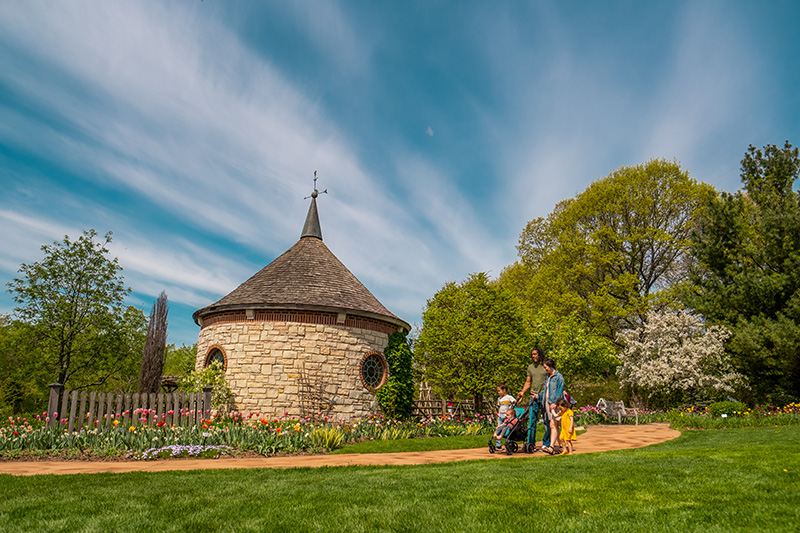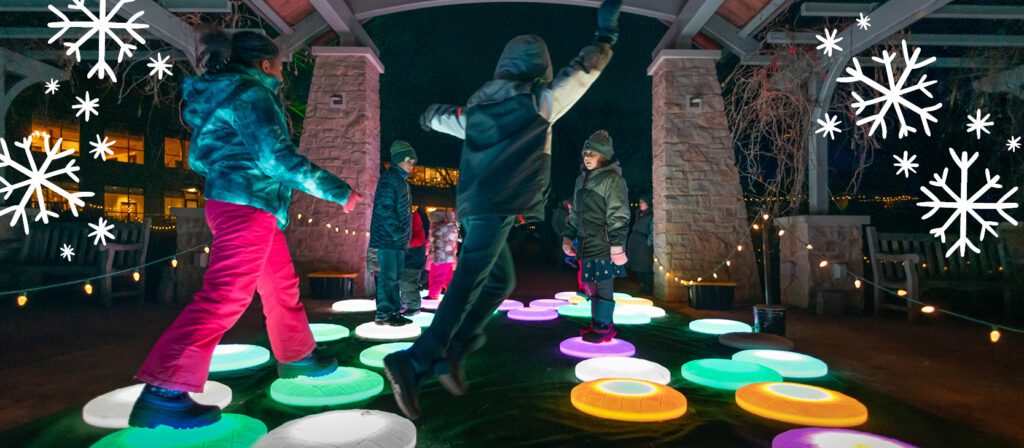When record-breaking cold temperatures hit Wisconsin during our brutal winters, some of us endure the piles and piles of snow that arrive while others travel to warmer destinations. It turns out, pollinators do the same thing: some of them stay and some of them go.
Pollinators that migrate to climates that are warmer and closer to the equator are in search of nectar and pollen producing plants that are still thriving. Other pollinators that overwinter in colder climates are in hibernation for several months and don’t emerge until spring. The journey for all pollinators is challenging, but essential, as the existence of these creatures promises that our world will have healthy crops for food, fibers and medicines in the future.
Let’s huddle alongside the butterflies, bees, bats and birds who hide away from winter’s wrath, and also travel with those that go south and embrace the heat of the sun, to learn how the change of seasons impacts them:
Which Pollinators Migrate?
Butterflies
Monarchs, Painted Ladies and Red Admirals are among several native Wisconsin butterflies that participate in some form of migration. Many of them have multiple generations who travel certain lengths of the trip either to their intended destination or back to their original homes.
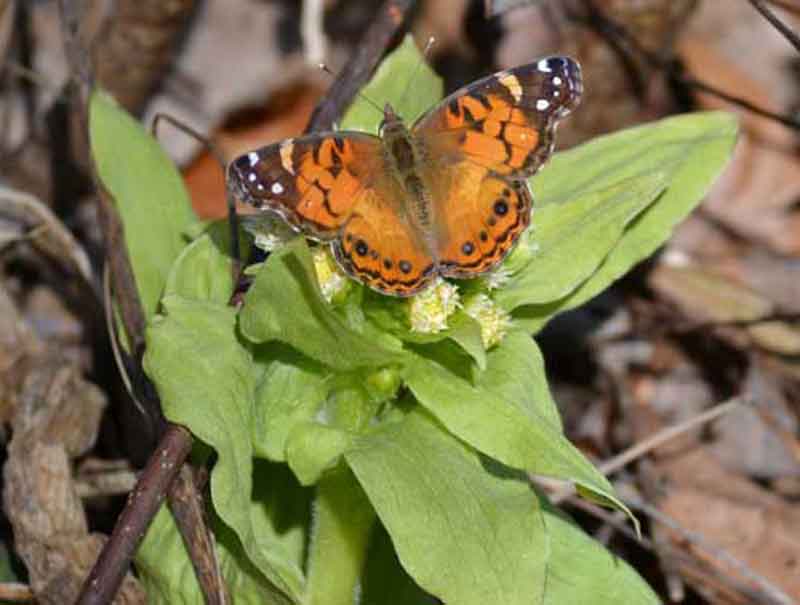

PC: Teresa Hilgenberg Riehl
Bats
Several species of bats, which include Silver-Haired, Eastern Red, Hoary and Mexican Free-Tailed bats, travel to warmer climates when the insects, nectar and flower parts they eat become scarce. Typically, all of the bats that migrate south are ones that roost in trees.
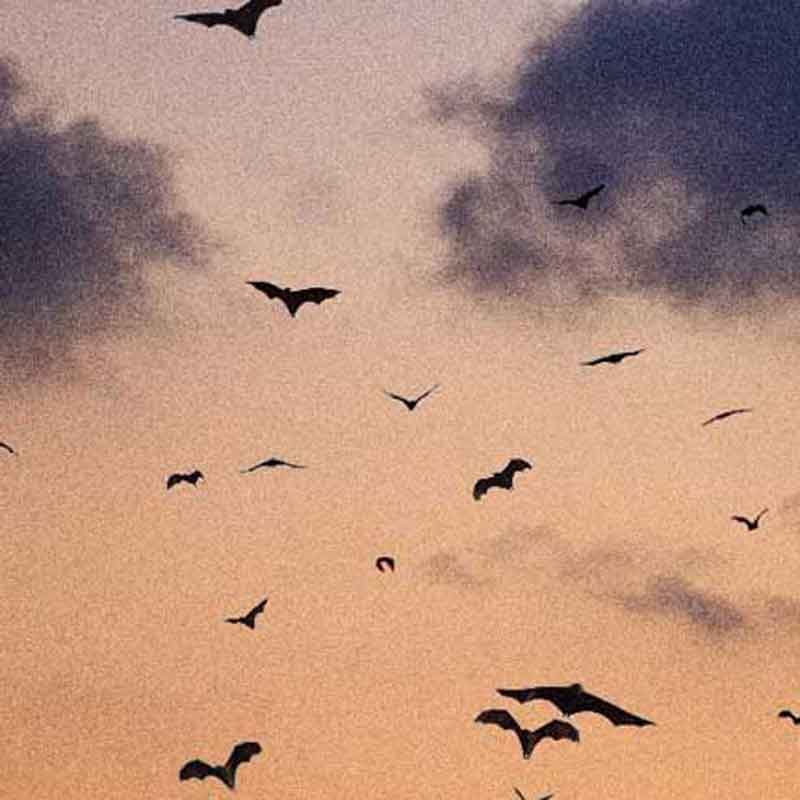

Hummingbirds
Hummingbirds are another type of pollinator that choose to migrate when the temperatures become cold and their food becomes limited. Once they have enough weight to travel, they depart for their migration journey. Nectar powers hummingbirds and enables them to catch flies, so traveling south for the winter allows them to continue obtaining nectar. Each individual hummingbird has to determine how far they are able to travel, based on their age, health, amount of fat and strength.
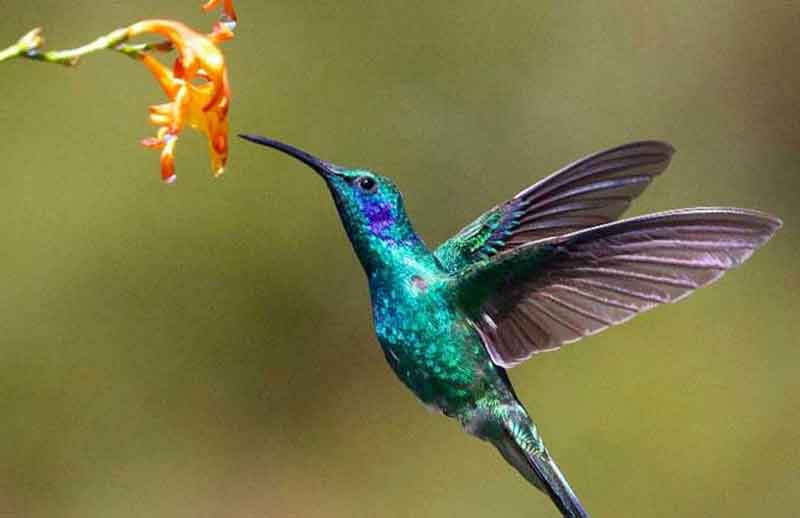

Which Pollinators Hibernate?
Butterflies
Different species of butterflies hibernate at different stages of their life cycles, but the caterpillar stage is when most butterflies overwinter. Many of these hibernating caterpillars individually attach themselves to leaves or tree branches and wrap themselves in a tube-like shelter made of the leaf. Other species, like the Tawny Emperors, gather in small groups and huddle in dried, curled up leaves to overwinter.
Moths, on the other hand, tend to overwinter as eggs, but for the few species that overwinter as pupas, they make warm cocoons underneath the ground or harbor in cellars, caves, sheds or even houses.
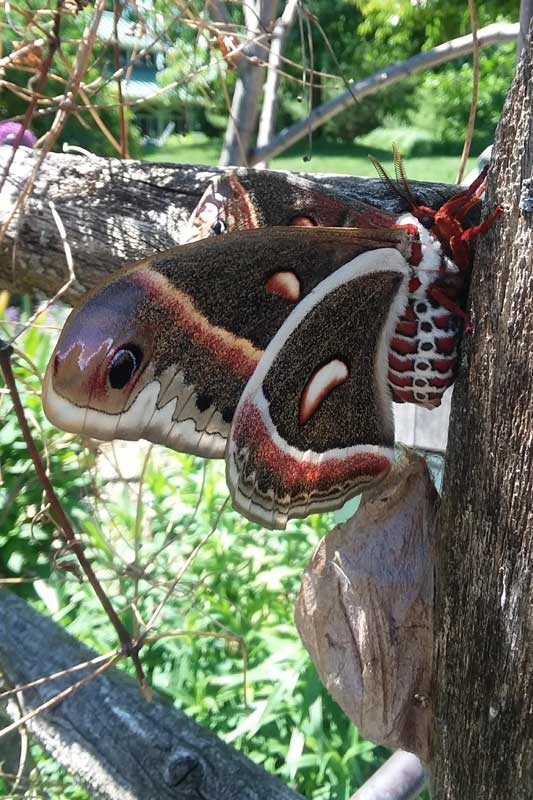

Bees
Bumblebees and honeybees are two types of bees that overwinter as well. For bumblebees, all of the worker bees and the old queen bee die before winter commences, leaving the young queens as the only surviving members of the colony. If the young queen bumblebees haven’t achieved a certain weight before winter, they will likely not survive, which is why it’s important for them to find many nectar-rich flowers in the fall.
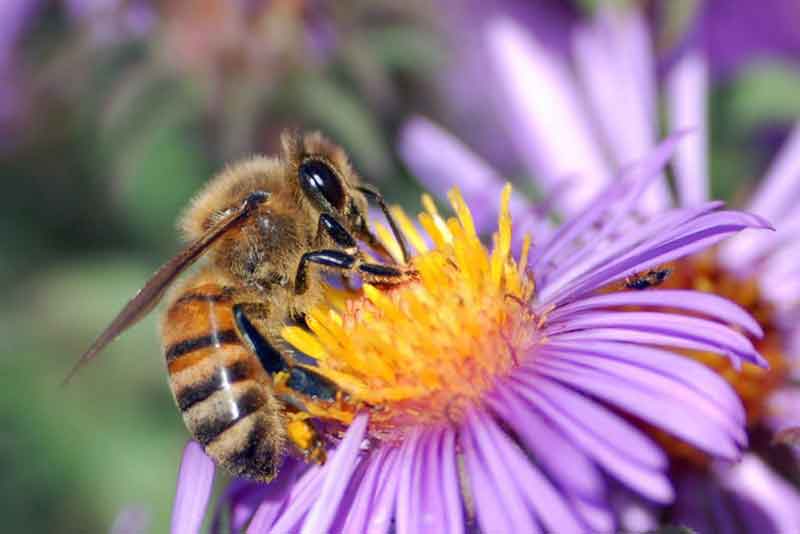

Honeybees overwinter as an entire colony inside of a beehive. When the temperature drops below 50° Fahrenheit, honeybees stop foraging and begin to surround the queen bee in the central part of the hive. The workers protect the queen from the cold temperatures by shivering, which raises the temperature to around 80°F and then 98.6°F when the queen begins to lay eggs again. Honeybees consume their stored honey throughout the winter so they can produce the necessary amount of body heat required to maintain a constant temperature in their cluster.
Why is Pollinator Migration Important?
Although information about the migration of pollinators is frequently shared or talked about, the struggles that pollinators continue to face when they migrate typically aren’t. The National Park Service describes pollinators’ challenges with the following analogy:
“Imagine if you were to embark on a trip across the continent, only to find that all restaurants, grocery stores, food services, and fuel stops were closed. The trip would rapidly become uncomfortable, then dangerous, and finally unsustainable. Such is the risk that migrating pollinators frequently encounter.”
Many “fuel stops” for pollinators are being threatened by invasive plant species, fragmentation, pesticides and climate change, which reduces the number of places where pollinators can fill up with nectar.
To learn more about how you can support pollinators, visit GBBG.org/Butterflies.
Sources:




